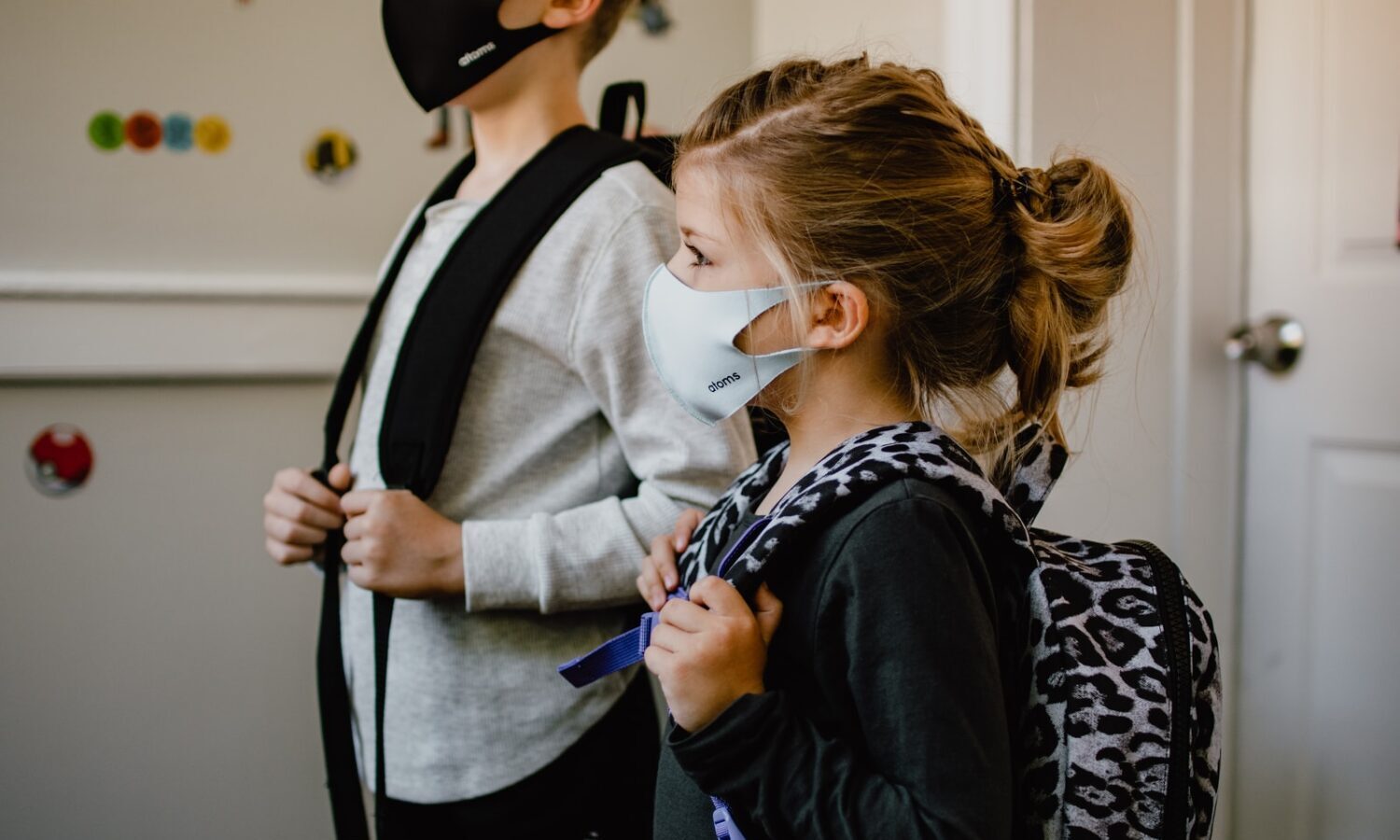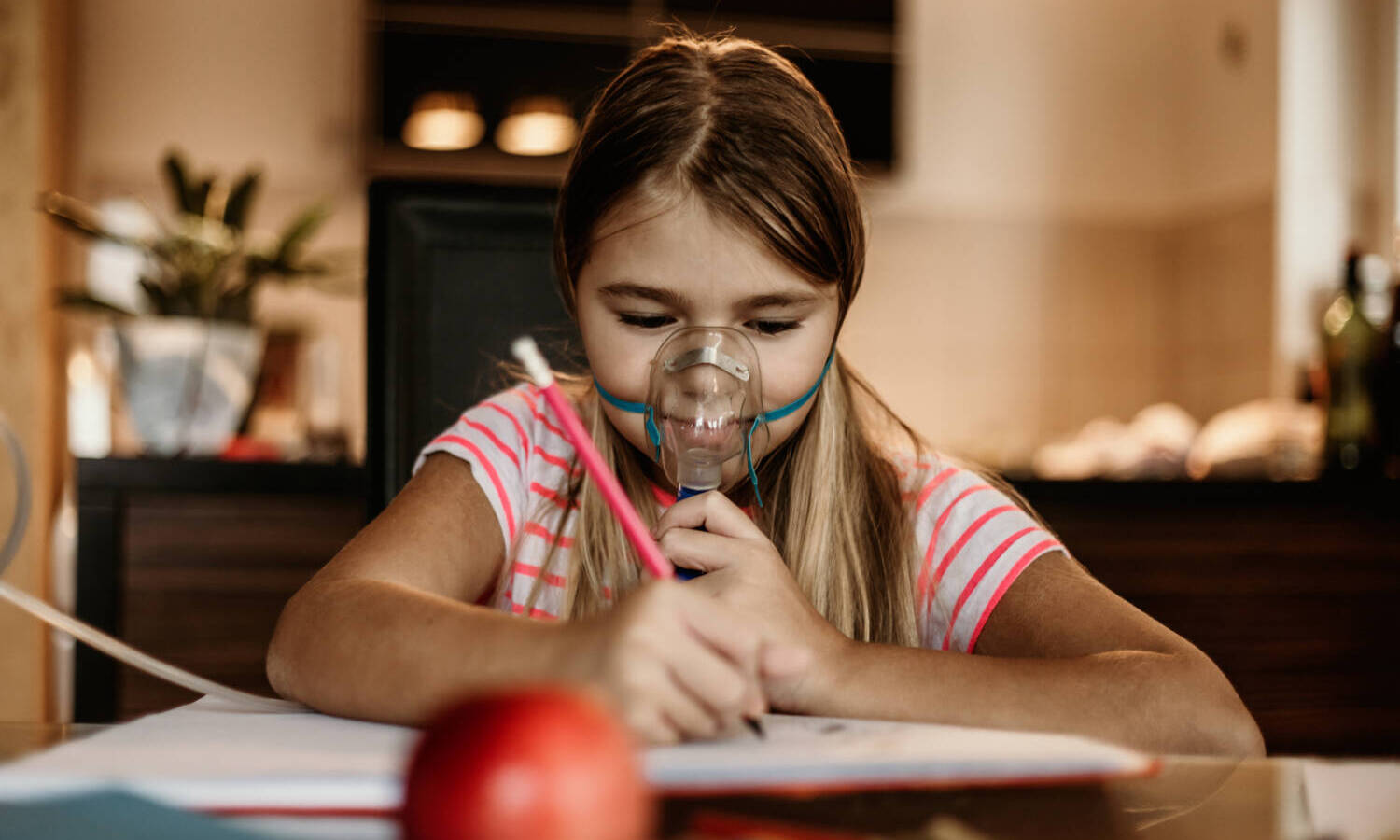As cannabis legalization and popularization grow, so does exposure to secondhand smoke, which can lead to pediatric asthma.
By
Is there a relationship between cannabis legalization and the number of children with pediatric asthma? A new study published in Preventive Medicine sheds some light on the question.
Researchers behind an “ecologic analysis” estimated the impact of medical or recreational cannabis legalization on the number of pediatric asthma cases, reported New Medical.
Asthma is considered the most prevalent chronic condition among children in the U.S., with pediatric asthma estimated to affect over 6 million children. At the same time, marijuana use has been increasing among adults, especially in states where it is legal.
So, is there a connection between the two? The study authors seem to think so. They concluded that asthma prevalence increased in states where cannabis was legalized for recreational use in recent years.
According to recent statistics, marijuana was used by 11.9% of parents with minor children in legal recreational marijuana states, followed by states with medical marijuana programs and the lowest (6.1%) in states without legal marijuana laws. As cannabis legalization and popularization grow, so does exposure to secondhand smoke, which can lead to pediatric asthma.
The study revealed that the overall prevalence of asthma in the pediatric population was no longer dropping in recent years (relative to 2016-17). Furthermore, the study discovered no significant difference in asthma prevalence between states with legal medical marijuana and recreational programs.

The number of children with asthma aged 12 to 17 grew in states with legal adult-use cannabis markets, compared to states that have not legalized marijuana.
RELATED: Secondhand Bong Smoke Way More Toxic Than Tobacco — Here’s Why
At the same time, previous research has shown that certain cannabinoids found in cannabis such as THC, may act as a bronchodilator, reducing respiratory obstruction and increasing airflow to the lungs. In fact, a 2012 study published in the journal American Review of Respiratory Disease showed that on average, those who used cannabis actually displayed better lung function than their peers who did not smoke at all.
The Dangers Of Secondhand Smoke
On the other hand, the new study refers to secondhand smoke, as did a recent University of California, Berkeley study that revealed secondhand marijuana smoke to be more harmful than secondhand tobacco smoke.
That study, published in JAMA Network Open, found that nonsmokers may be exposed to air pollutants at concentrations equal to twice federal air quality limits.
RELATED: Nicotine, Weed Or Booze? This Is The Most Common Substance Being Used By Teens
An aerosol monitor positioned where a bystander might sit measured the air quality — more precisely, fine particulate matter (PM2.5) — of a bong smoker’s living room where a group of young adults smoked cannabis over the course of two hours. The instrument recorded PM2.5 levels before, during and after eight sessions.
The results showed that cannabis bong smoking increased PM2.5 from background levels by at least 100-fold. Moreover, after the initial 15 minutes of smoking, PM2.5 concentration — which can travel deep into the respiratory tract and impact lung function — significantly exceeded air quality levels considered safe by the Environmental Protection Agency.
This article originally appeared on Benzinga and has been reposted with permission.


